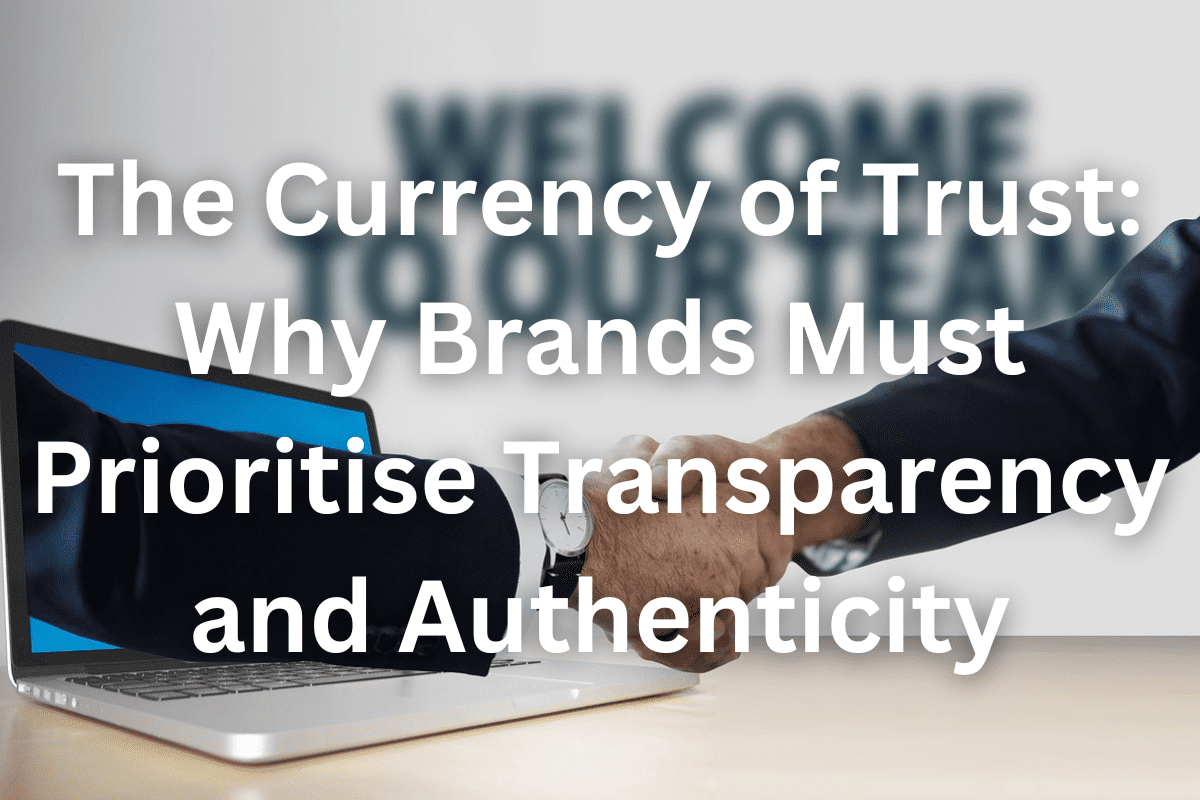Trust is the foundation of all successful relationships – whether personal or professional.
It fosters loyalty, encourages positive interactions, and creates a sense of security that drives long-term engagement. In business, trust isn’t just a nice-to-have; it’s a core value that directly impacts commercial outcomes.
Consider this: 63% of consumers are willing to pay more for products from trusted brands. Even when mistakes happen, a strong foundation of trust can help brands weather storms – 55% of consumers remain loyal even when a company is accused of wrongdoing.
In essence, trust isn’t just an emotional asset; it’s a business imperative.
The Growing Importance of Trust in Advertising and Branding
In an age where misinformation spreads rapidly, trust is more critical than ever. The latest Edelman Trust Barometer highlights that trust has jumped from seventh to second place as a key driver of brand effectiveness and financial performance.
The Advertising Association (AA) further reinforces this trend, reporting that consumer trust in advertising has risen to 39% from 36% in 2024, with the largest increase seen among younger audiences.
But while this is encouraging, trust remains under pressure. Social media algorithms amplify unverified news, AI-generated deepfakes blur the lines of reality, and broken brand promises erode consumer confidence.
Recent controversies surrounding changes to loyalty schemes and declining customer service reinforce this erosion, with 44% of consumers believing customer service has deteriorated over the past three years.
The Role of Trust in Consumer Decision-Making
Trust is the invisible force guiding purchasing decisions. When consumers feel confident in a brand, they are more likely to try new products, recommend services, and remain loyal in times of crisis.
Conversely, a single breach of trust can create lasting damage – both in consumer perception and financial performance.
This is particularly relevant in transactional business relationships. Whether it’s negotiating a contract or simply making a purchase, customers must believe that the other party will deliver on their promises.
A single failure doesn’t just result in lost business; it often leads to negative word-of-mouth referrals, further compounding the issue.
How Brands Can Build and Maintain Trust
With trust under stress, brands must be proactive in reinforcing their credibility. This starts with transparency, authenticity, and adherence to ethical marketing standards.
The Advertising Standards Authority (ASA) sets the benchmark for advertising that is ‘legal, decent, honest, and truthful,’ but brands must go beyond regulatory compliance to truly connect with consumers.
Transparency – Whether it’s openly communicating environmental impact, making cancellation policies straightforward, or simplifying product information, transparency reassures customers and fosters confidence.
Authenticity – Consumers can sense when a brand is trying to jump on a trend without genuine alignment to its values. Pepsi’s ill-fated attempt to align with the Black Lives Matter movement is a prime example of how forced messaging can backfire.
Customer-Centricity – Companies that put customers first tend to build stronger trust. Octopus Energy, for instance, has been recommended by Which? for six consecutive years due to its intuitive app and customer-focused service strategy.
Choosing the Right Media Channels to Reinforce Trust
Not all media channels inspire the same level of trust. While social media continues to be a dominant source of information, it is often viewed with skepticism.
A Reuters survey found that BBC News and ITV News are trusted by approximately 60% of people, compared to just 17% for Facebook – a disparity that brands must consider in their media strategies.
One of the most trusted communication channels remains direct mail, with 71% of recipients stating they completely trust the mail they receive. The tangible nature of mail gives it a permanence that digital channels often lack, reinforcing credibility and strengthening brand perception.
Trust as a KPI: Measuring and Maintaining Brand Health
Given trust’s impact on consumer loyalty and financial performance, it should be treated as a key performance indicator (KPI). Brands should actively measure trust levels through:
Net Promoter Scores (NPS) – Gauging how likely customers are to recommend the brand.
Customer Sentiment Analysis – Reviewing online feedback and social media discussions.
Transparency and Authenticity Audits – Ensuring consistency between brand messaging and actions.
Monitoring trust levels helps brands identify and address potential issues before they escalate, safeguarding long-term customer relationships.
Conclusion: Trust as a Competitive Advantage
Trust isn’t just an abstract concept – it’s a strategic asset that drives customer retention, enhances brand perception, and boosts financial performance.
In today’s volatile landscape, where misinformation and consumer skepticism are on the rise, brands that prioritise transparency and authenticity will stand out from the competition.
Whether through ethical advertising, responsible media planning, or customer-first business practices, trust must remain at the heart of every decision. Brands that recognise this and take proactive steps to nurture trust will reap the rewards of lasting customer relationships, brand loyalty, and sustained commercial success.









